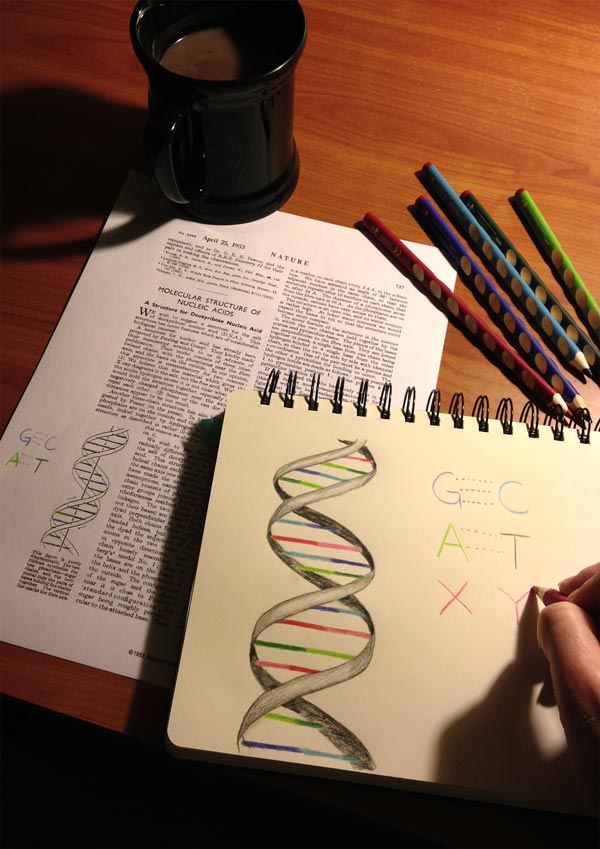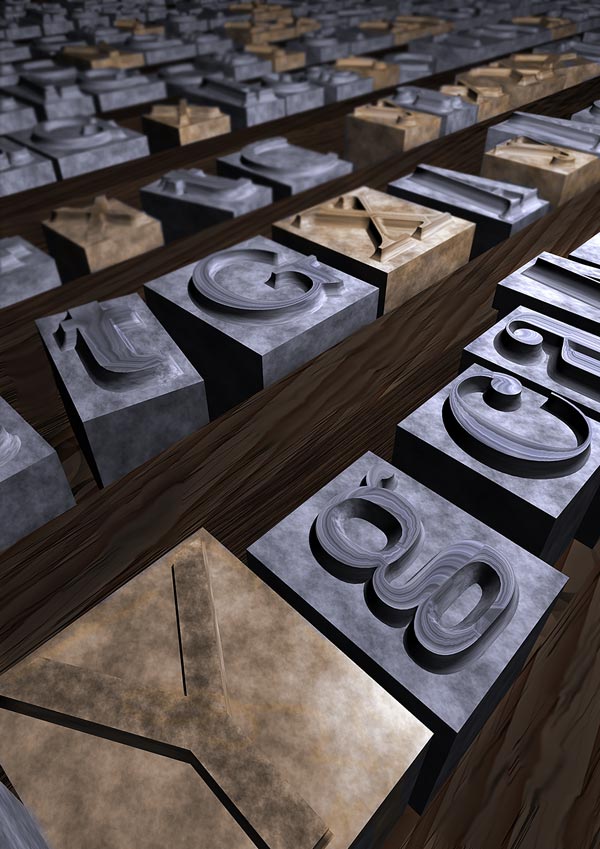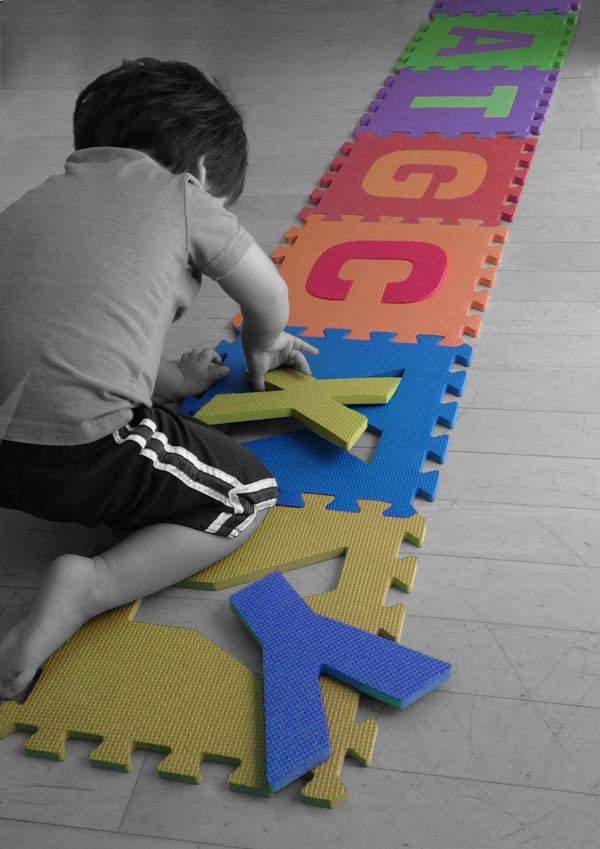Then I noticed that the photo was taken exactly 20 years ago today. It was the spring semester of my senior year of high school and since I had nearly completed my coursework, I was blissfuly spending nearly all day everyday in the art room. I had let go of the idea of going to art school since my mother succeeded in convincing me that it would be wise to have something else to fall back on. "Don't you also really like chemistry?!" It was true, I did. But as far as I knew an actual career in chemistry meant sitting at a bench all day doing acid-base titrations as your goggles fogged over and at the time it seemed a fate worse than the cancellation of Mystery Science Theater 3000.
I had vague ideas of combining science and art but didn't know what that sort of career would look like either. So I wasn't particularly excited about my prospects for the future and I certainly didn't foresee falling in love with research. Four years after this photo was taken, I had nearly completed my coursework at Purdue, and I was blissfully spending nearly all day every day in the lab.
Fifteen years after this photo was taken I finally figured out how to combine my two loves. It helped that I now had google, which proved much more resourceful than my parents' encyclopedia set, and I was a bona fide grown-up who could pick up the phone and talk to lots of other science illustrators. And I was, and still am, very excited about my prospects for the future.
As for the rest of the crew in this picture, I've lost touch with most of them. We lost Jonathon at a tragically young age to cancer. He was as amazing a person as he was an artist and he is still very much missed by many. Amy and I had been friends since the fifth grade, and she and I were sipping tea in my kitchen just a month or two ago. You can see her gorgeous paintings here: http://www.amymnorman.com/























